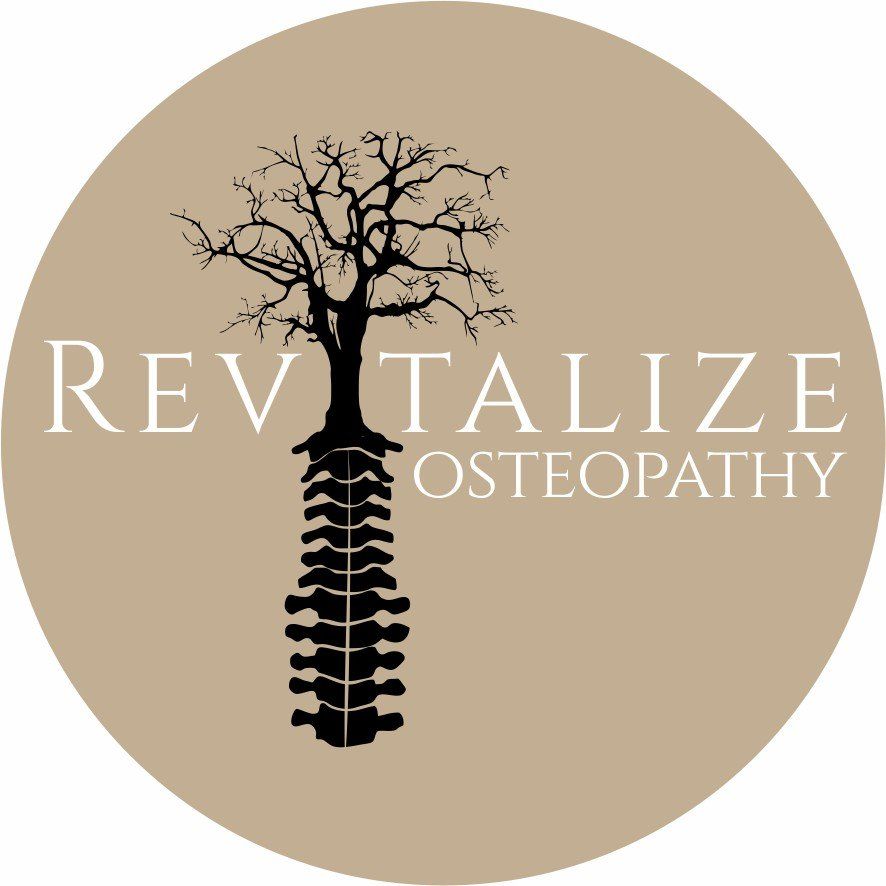OUR PLACE IN THE AUSTRALIAN HEALTH LANDSCAPE
Osteopaths are government registered, university qualified allied health professionals.
As primary healthcare practitioners, you may make an appointment without a referral.
However, under certain schemes/rebates you need a referral.
Please refer to pricing and claims for further information.
COMMON QUESTIONS
- What do osteopaths do?
Osteopaths focus on your neuro-musculoskeletal system - the bones, muscles, nerves and other tissues that support your body and control its movements. Osteopaths provide musculoskeletal and nervous system assessments, manual therapy; clinical exercise programs; and movement, postural, positioning advice and ergonomic assessments. They may also offer therapeutic needling techniques like dry needling, trigger point therapy or acupuncture. Your osteopath may also offer ongoing support and educational advice about your lifestyle, stress management, diet or other factors that may influence your pain, injury or movement.
- Is osteopathic treatment painful?
If your injuries do require treatment of painful and tender areas, your osteopath will aim to make you as comfortable as possible. Unfortunately some conditions are painful and may be tender during movement, stretching or treatment. There are techniques which may cause some short term discomfort or pain. You may experience mild soreness for a day or two after treatment, similar to that felt after mild exercise. If this soreness persists or increases significantly.
- What happens at my first consultation?
Your osteopath will ask about your problem and symptoms. This will include your medical history, any medications you are taking or other factors that may not appear to be directly related to your problem. Your osteopath will advise you if they can treat you or you need to be referred to another health practitioner. Your osteopath will conduct an examination and clinical tests. These include diagnostic, orthopaedic or neurological tests, movement and postural assessments, which determine how best to manage your condition.
The examination may include passive and active movements. Be sure to wear comfortable, flexible and appropriate underwear and clothing. Osteopathy takes a whole of body approach to assessment and clinical management, so your osteopath may look at the area that is troubling you, as well as other parts of your body. For example if you have a sore knee, your osteopath may also look at your ankle, pelvis and back.
Osteopaths provide a broad range of treatments. Osteopaths prescribe clinical exercises for you to do at home or work, provide manual therapy, needling techniques, lifestyle interventions and recommend equipment to help you manage your condition and function.
- What do i need to bring?
Although there are not many conditions that require diagnostic imaging before a first appointment, if you have any X-rays, scans, diagnostic imaging, test results or reports for your injury or condition, bring them along.
- What should i wear?
It’s important that you feel comfortable, so wear a loose shirt or T/shirt, and loose pants or shorts, or bring loose clothes with you to change into at the appointment.
You will be asked to remove some clothing for treatment, if you are asked to remove outer clothes, you should be offered a gown or covered with a towel during the treatment.
- How many appointments do i need?
This depends on your condition. Long term or chronic conditions may require more clinical management than acute or short term conditions. Your osteopath will discuss this with you, based on your individual needs. In general, you may feel some change within 2-3 treatments.
- Are there any additional investigations or treatments?
Depending on your condition or any concerns you have raised, your osteopath may require some further testing or referral to another health practitioner. Following treatment and depending on your condition, your osteopath may decide that additional investigations such as X-ray, scans or blood tests are needed. Your osteopath may refer you to another health professional or to your GP.

